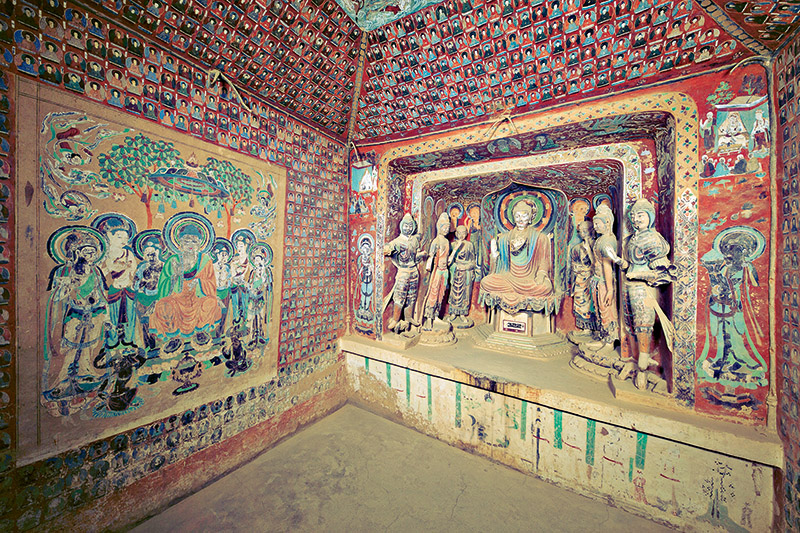


Figure 1 Mogao Caves is one of the UNESCO World Heritage in China (Gansu Province). Consisting of 492 cells and cave sanctuaries, Mogao Caves are famous for their Buddhist statues and wall paintings.
source: <http://www.qstheory.cn/laigao/ycjx/2023-03/09/c_1129422148.htm>
While reiterating the importance of heritage conservation, the political adviser and Henan Museum director MA Xiaolin proposes promoting Chinese cultural heritage to the world via the overseas Chinese community.
Ma served as a member of the 13th National Committee of the Chinese People's Political Consultative Conference (CPPCC), China's top political advisory body, since 2018, with a focus on the protection and rejuvenation of cultural relics.
This year, he has been reelected as a member of the 14th CPPCC National Committee, from the group of All-China Federation of Returned Overseas Chinese.
For this year's two sessions, Ma says he will keep an eye on cultural heritage preservation, while giving extra attention to expanding the channels for international cultural exchanges.
He recently went on a research visit to the Henan Provincial Federation of Returned Overseas Chinese to learn about the current situation of overseas Chinese.
"We should strengthen our communication with and make full use of the overseas Chinese community to promote our excellent traditional Chinese culture, as well as share information about China's contemporary economy and society," Ma said.
The rationale includes that overseas Chinese have a better understanding of the respective local cultures. Through media platforms established by this group, information can be shared using local languages and in an understandable and appealing manner.
Henan Museum has set an example in traditional cultural rejuvenation with its well-received cultural merchandise based on the museum's collections, and collaboration with media organizations such as Henan TV in transforming their treasured artifacts into stage performances.
Ma said that a major reason for the popularity of these cultural products is that they tell the behind-the-scenes stories of ancient people, with true-to-life everyday details that resonate with today's youngsters.
"I think that human nature transcends borders, and this kind of universal experience will also be welcomed by overseas viewers. According to the feedback we have received, these performances have already caused a sensation among overseas Chinese when they were first broadcast," he added.
Meanwhile, he will continue to submit proposals about the preservation and rejuvenation of cultural heritage, especially those related to China's revolutionary history.
Apart from attending national or local CPPCC meetings, Ma has been constantly conducting field research, which has revealed favorable practices and limitations in China's cultural relics preservation.
During his field trips to counties in Henan province in 2020, he found that low-level cultural relics - those protected at the municipal or county level, or even unregistered - are facing difficulties in terms of protection and management.
"There are more than 36,000 immovable revolutionary cultural relics in China, with higher-level relics usually kept in better condition. In contrast, the total number of low-level immovable cultural relics is huge, but their protection, in terms of funding, personnel and exhibition, is in urgent need of improvement," Ma said.
He proposed in 2021 to increase funding, compile resources, promote multi-departmental cooperation and encourage social groups to participate in the preservation of low-level immovable revolutionary cultural relics.
The proposal received prompt responses from the National Cultural Heritage Administration, which released a plan later that year for the preservation and utilization of revolutionary cultural relics during the 14th Five-Year Plan (2021-25), stating "strengthening efforts to protect revolutionary cultural relics below the provincial level".
Last year after field research to Henan's Luoyang, he submitted a proposal about protecting urban cultural relics established since the founding of the People's Republic of China.
According to him, while highlighting the preservation of ancient cultural relics, it is also necessary to protect the sites built in contemporary China with high historical and cultural value, in order to maintain cultural continuity.
Source: ChinaDaily
Edited by Liang Xiuchun